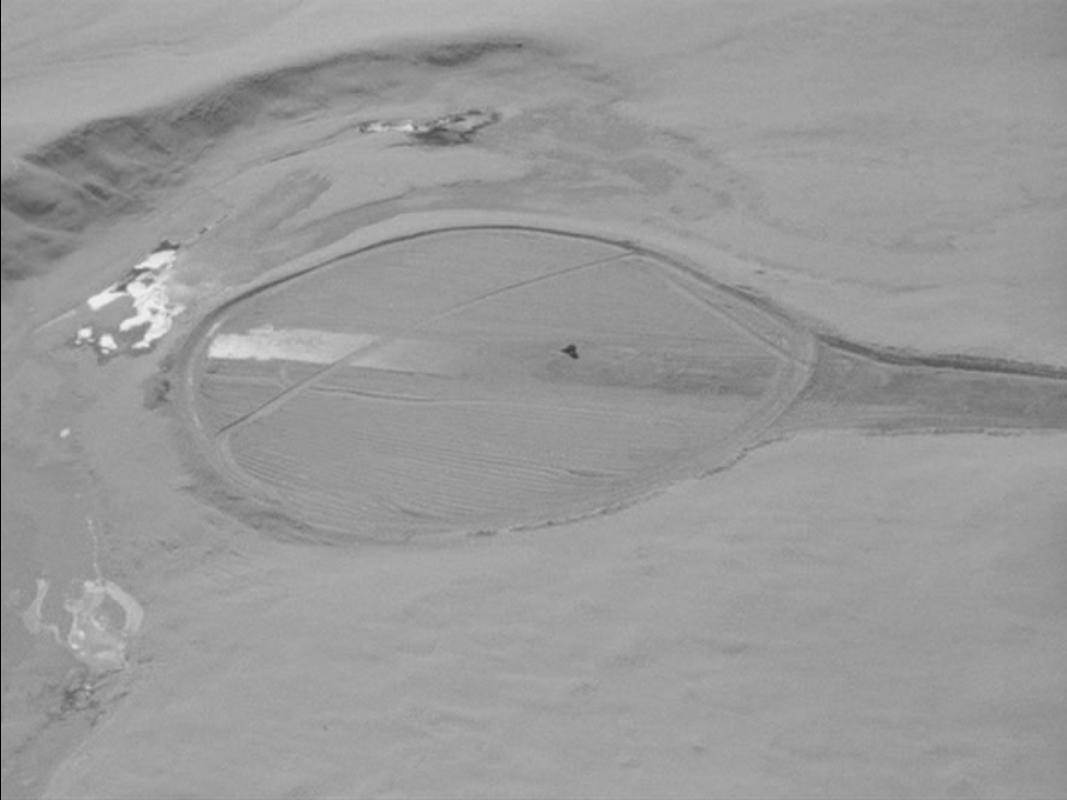Disir
Platinum Member
- Sep 30, 2011
- 28,003
- 9,607
- 910
From about 1550 to 1850, a global cold snap called the Little Ice Age supersized glaciers throughout the Arctic. On Canada's Ellesmere Island, Teardrop Glacier extended its frozen tongue across the landscape and swallowed a small tuft of moss.
Since 1850, the plant lay frozen under a 100-foot-thick slab of ice as humans discovered antibiotics, visited the moon and burned 2 trillion tons of fossil fuels.
Thanks to this latest exploit, evolutionary biologist Catherine La Farge arrived centuries later at Teardrop's melting edge to find the tuft of the species Aulacomnium turgidum finally free from its icy entombment. The moss was faded and torn but sported a verdant hue - a possible sign of life.
Climate change stories often highlight the teetering fragility of Earth's ecological system. The picture grew even more dire when a United Nations report said that 1 million of our planet's plant and animal species face the specter of extinction. But for a few exceptional species, thawing ice caps and permafrost are starting to reveal another narrative - one of astonishing biological resilience.
Researchers in a warming Arctic are discovering organisms, frozen and presumed dead for millennia, that can bear life anew. These ice age zombies range from simple bacteria to multicellular animals, and their endurance is prompting scientists to revise their understanding of what it means to survive.
"You wouldn't assume that anything buried for hundreds of years would be viable," said La Farge, who researches mosses at the University of Alberta. In 2009, her team was scouring Teardrop's margin to collect blackened plant matter spit out by the shrinking glacier. Their goal was to document the vegetation that long ago formed the base of the island's ecosystem.
"The material had always been considered dead. But by seeing green tissue, "I thought, 'Well, that's pretty unusual,' " La Farge said about the centuries-old moss tufts she found.
She brought dozens of these curious samples back to Edmonton, lavishing them with nutrient-rich soils in a bright, warm laboratory. Almost a third of the samples burst forth with new shoots and leaves. "We were pretty blown away," La Farge said. The moss showed few ill effects of its multi-centennial deep-freeze.
It's not easy to survive being frozen solid. Jagged ice crystals can shred cell membranes and other vital biological machinery. Many plants and animals simply succumb to the cold at winter's onset, willing their seeds or eggs to spawn a new generation come spring.
Ancient life awakens amid thawing ice caps and permafrost
That's cool!
Since 1850, the plant lay frozen under a 100-foot-thick slab of ice as humans discovered antibiotics, visited the moon and burned 2 trillion tons of fossil fuels.
Thanks to this latest exploit, evolutionary biologist Catherine La Farge arrived centuries later at Teardrop's melting edge to find the tuft of the species Aulacomnium turgidum finally free from its icy entombment. The moss was faded and torn but sported a verdant hue - a possible sign of life.
Climate change stories often highlight the teetering fragility of Earth's ecological system. The picture grew even more dire when a United Nations report said that 1 million of our planet's plant and animal species face the specter of extinction. But for a few exceptional species, thawing ice caps and permafrost are starting to reveal another narrative - one of astonishing biological resilience.
Researchers in a warming Arctic are discovering organisms, frozen and presumed dead for millennia, that can bear life anew. These ice age zombies range from simple bacteria to multicellular animals, and their endurance is prompting scientists to revise their understanding of what it means to survive.
"You wouldn't assume that anything buried for hundreds of years would be viable," said La Farge, who researches mosses at the University of Alberta. In 2009, her team was scouring Teardrop's margin to collect blackened plant matter spit out by the shrinking glacier. Their goal was to document the vegetation that long ago formed the base of the island's ecosystem.
"The material had always been considered dead. But by seeing green tissue, "I thought, 'Well, that's pretty unusual,' " La Farge said about the centuries-old moss tufts she found.
She brought dozens of these curious samples back to Edmonton, lavishing them with nutrient-rich soils in a bright, warm laboratory. Almost a third of the samples burst forth with new shoots and leaves. "We were pretty blown away," La Farge said. The moss showed few ill effects of its multi-centennial deep-freeze.
It's not easy to survive being frozen solid. Jagged ice crystals can shred cell membranes and other vital biological machinery. Many plants and animals simply succumb to the cold at winter's onset, willing their seeds or eggs to spawn a new generation come spring.
Ancient life awakens amid thawing ice caps and permafrost
That's cool!

